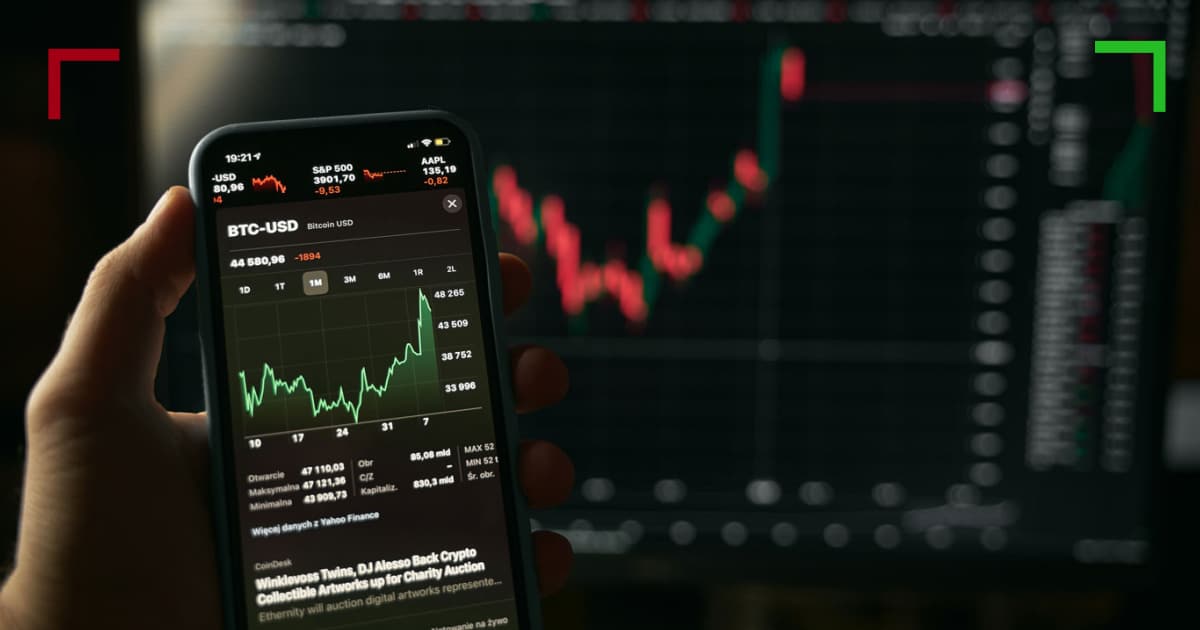
Trading Spot Crypto: A Comprehensive Guide to Navigating the Market
In recent years, the world of cryptocurrencies has exploded in popularity, drawing in investors from all walks of life. Spot trading, a method where traders buy and sell cryptocurrencies for immediate delivery, has gained particular traction. It’s important for both new and seasoned investors to understand the key concepts and strategies involved in this market. If you’re looking for a deeper dive into effective trading practices, check out Trading Spot Crypto https://abstractperspectives.com/2024/06/13/top-10-exness-mt5-accounts-to-follow-on-twitter/ that highlights important accounts to follow for insightful trading information.
Understanding Spot Trading
Spot trading refers to the buying and selling of financial instruments for immediate delivery, and in the context of cryptocurrencies, this means exchanging a cryptocurrency for another or for fiat currency right away. The prices in spot trading fluctuate based on supply and demand dynamics of the marketplace, which are influenced by various factors such as market news, developments in the cryptocurrency economy, and trader activities.
The Basics of Cryptocurrency Trading
Before diving deeper into the world of trading spot crypto, it’s crucial to understand some fundamental concepts:
- Wallets: Cryptocurrencies are stored in digital wallets. These wallets can be hardware-based or software-based. Understanding how to manage and secure your crypto assets is essential for any trader.
- Exchanges: Spot trading occurs on various cryptocurrency exchanges. Familiarizing yourself with different platforms, their fees, and security protocols can greatly benefit your trading experience.
- Market Orders vs. Limit Orders: A market order buys or sells a cryptocurrency at the current market price, whereas a limit order sets a price at which you are willing to trade.

Advantages of Spot Trading
There are several advantages of engaging in spot trading as compared to other trading methods:
- Simplicity: Spot trading is straightforward; you trade cryptocurrencies directly without the need for complex derivatives.
- Immediate Transactions: Unlike futures trading, which involves contracts for delivery at a future date, spot trading allows for immediate transactions.
- No Leverage Risks: Spot trading generally does not involve leverage, which can lead to substantial losses. As such, this trading method is less risky for new traders.
Strategies for Successful Spot Trading
To maximize profits and minimize risks in spot trading, consider the following strategies:
- Research and Analysis: Conduct thorough research and keep up to date with market trends, news, and analysis. Utilize technical and fundamental analysis to inform your trading decisions.
- Diversification: Rather than investing all your funds into a single cryptocurrency, diversify your portfolio to mitigate risks.
- Continuous Learning: The cryptocurrency market is constantly evolving. Stay educated and adapt to new market conditions and trends.
The Role of Market Sentiment
Market sentiment plays a crucial role in spot trading. Traders must be aware of collective feelings and perceptions toward the market, which can influence price movements. Social media, news outlets, and community blogs can provide insights into market sentiment. Many traders use sentiment analysis tools that gauge the emotional landscapes of traders to make informed decisions.

Key Tools for Spot Traders
Utilizing the right tools can enhance your spot trading performance. Here are some essential tools to consider:
- Charting Software: Tools like TradingView allow you to analyze charts, indicators, and historical data to make informed trades.
- News Aggregators: Stay updated on the latest cryptocurrency news with aggregators to understand market movements better.
- Portfolio Trackers: Use portfolio management tools to monitor your investments and overall portfolio performance.
Security Considerations for Spot Trading
Security should always be a priority in cryptocurrency trading. Here are some practices to help safeguard your assets:
- Two-Factor Authentication: Always enable 2FA on your trading accounts to add an extra layer of security.
- Secure Your Wallet: Consider using hardware wallets for storage rather than leaving assets on exchanges.
- Regularly Update Software: Ensure that any trading software or wallets are kept up to date to protect against vulnerabilities.
Conclusion
Trading spot crypto presents both opportunities and challenges. Understanding the fundamentals, developing solid strategies, utilizing the right tools, and prioritizing security are all critical components of being a successful trader in this dynamic market. As this landscape continues to evolve, ongoing education and adaptation will remain key. Engaging with communities and following industry leaders can also provide invaluable insights that shape your trading journey.